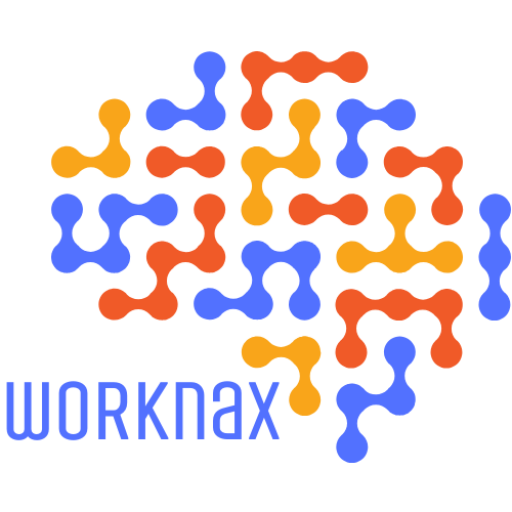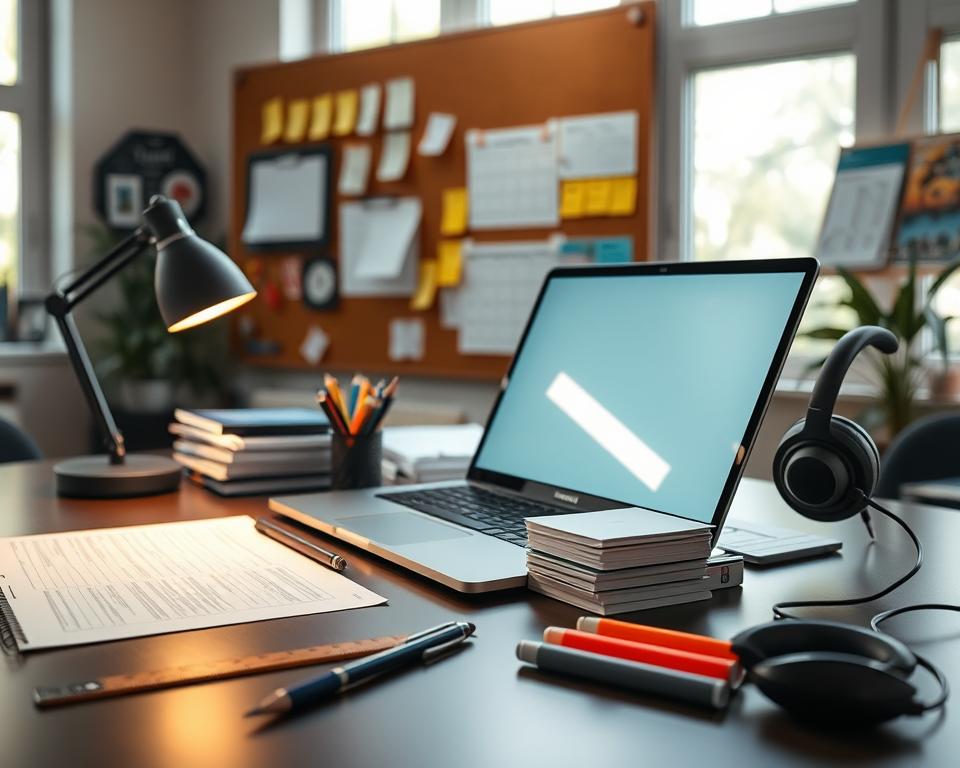Anúncios
In today’s fast-paced world, the ability to learn effectively has never been more critical. As technology advances and information accumulates, finding productive learning strategies becomes essential for success. One trending topic that has gained significant momentum in educational discourse is the concept of “active learning.” This approach emphasizes the importance of actively engaging with educational material rather than passively consuming it.
Research consistently supports the idea that learners who actively participate in their education tend to retain information more efficiently and cultivate critical thinking skills more effectively. Active learning represents a paradigm shift from traditional teaching methods, which often prioritize rote memorization and passive reception of information. Instead, this innovative approach facilitates a more dynamic and immersive experience for students who are keen to understand concepts rather than merely remember them.
Active learning involves various techniques designed to enhance engagement and improve understanding of subject matter. These techniques can include group discussions, problem-solving exercises, and hands-on activities that encourage learners to think critically and apply their knowledge in practical situations. By incorporating active learning strategies into study routines, students can dramatically enhance their educational experiences and outcomes, gaining a more in-depth understanding of the subjects they are studying.
One effective technique within the active learning framework is think-pair-share activities. This strategy encourages students to think independently about a topic before pairing up with a partner to discuss their ideas. After this initial conversation, participants then share their thoughts with the larger group. Think-pair-share not only promotes collaboration and communication skills but also enables learners to engage more deeply with the content. This method is particularly beneficial in educational environments where some students may otherwise remain silent during traditional lectures.
Another powerful active learning technique is problem-based learning (PBL), where students are presented with real-world problems and must work together to devise solutions. This approach simulates professional situations that learners might encounter in their future careers, effectively preparing them for the challenges that lie ahead. By developing robust problem-solving skills through collaboration, learners become more adept at applying their knowledge in a range of practical applications.
Moreover, the integration of technology into active learning frameworks can significantly enhance both engagement and knowledge retention. Educational tools such as interactive quizzes, educational games, and virtual simulations make the learning process more dynamic and enjoyable, allowing students to learn at their own pace and practice skills in interactive environments. As technology continuously evolves, effectively incorporating these resources into lesson plans enhances the learning experience and makes complex topics more accessible to a broader audience.
Utilizing peer teaching as an active learning method can yield remarkable benefits for students. When learners explain concepts to their peers, they reinforce their understanding of the material while simultaneously developing their communication skills. This dynamic not only solidifies individual knowledge but also fosters a collaborative environment in the classroom. The ability to teach concepts to others illustrates the idea that teaching can be an incredibly powerful tool for learning.
Self-directed learning is an increasingly relevant concept in the education landscape, especially with the rise of online resources and remote learning opportunities. In this context, students are often required to take charge of their education, allowing them to explore topics that interest them deeply. By fostering a passion for learning outside of traditional classroom structures, self-directed learning equips individuals with essential skills such as time management, organization, and self-discipline, all of which are vital for academic success.
For active learning to be successful, educators must create an environment that fosters curiosity and exploration. A supportive classroom atmosphere empowers learners to take risks and view mistakes as valuable learning opportunities rather than failures. Developing a growth mindset is essential for success, both academically and personally, as it encourages students to embrace challenges and pursue continuous improvement.
Incorporating diverse learning styles into active learning strategies can further enhance the overall educational experience. Different individuals process information in varying ways, and by employing a variety of techniques, educators can make content more accessible to a broader range of learners. For instance, visual learners might benefit from charts and diagrams, while auditory learners might thrive through lively discussions and interactive lectures, ensuring that all students have the opportunity to succeed and excel.
Feedback is a crucial component of active learning environments. Providing timely, constructive feedback enables students to understand their strengths and areas needing improvement. When learners receive guidance, they can adjust their approaches and develop more effective study habits. Regular assessments and check-ins help create an open dialogue between educators and students, fostering supportive relationships where growth and development are celebrated.
Additionally, cultivating a sense of community within the classroom can further encourage learners to engage more actively. Building rapport between students and instructors creates a safe space for discussion and idea-sharing. When students feel comfortable expressing their thoughts and concerns, they are more likely to participate in collaborative projects and discussions, enhancing overall engagement and reinforcing the importance of active learning strategies in educational success.
Integrating active learning into various contexts, including online courses, can be a challenge but is ultimately highly rewarding. Educators can utilize virtual breakout rooms for small group discussions, interactive polls, and collaborative projects. By leveraging technology, online instructors can mimic the elements of traditional active learning strategies to create a more interactive and engaging digital learning experience. As remote education evolves, embracing active learning approaches will be essential for maintaining student engagement and motivation in online settings.
Another vital aspect of effective learning is the ability to self-reflect on one’s progress. Metacognition, or thinking about one’s thinking, allows learners to evaluate their understanding and adapt their strategies as needed. By nurturing metacognitive awareness, students can become more adept at identifying their strengths and weaknesses, ultimately leading to improved learning outcomes. Regular self-reflection encourages individuals to take ownership of their educational journeys and fosters a greater sense of accountability.
Establishing specific learning goals can contribute significantly to maintaining motivation throughout the learning process. Setting realistic, attainable objectives provides direction and purpose. As learners achieve their goals, they can celebrate their successes, further fueling their motivation. By incorporating goal-setting into the active learning paradigm, individuals become more invested in their educational progress and the overall learning process.
Incorporating gamification into the learning experience can also enhance student engagement. By introducing elements of competition, rewards, and challenges into the learning environment, educators can motivate students to participate more actively in their studies. Gamification taps into intrinsic motivations, making the learning experience enjoyable and exciting. This approach encourages learners to dedicate their best efforts as they work toward educational goals in a fun and interactive environment.
Mindfulness practices can play a vital role in improving focus and retention during the learning process. Incorporating activities such as meditation or deep breathing exercises into classroom routines can help clear students’ minds and reduce stress levels. When learners feel more centered and focused, they can concentrate better on their studies, allowing for a deeper engagement with the material. Mindfulness fosters a positive learning environment that promotes well-being alongside academic achievement.
Overall, the significance of active learning cannot be overstated in today’s educational landscape. As education continues to evolve, it is crucial to adopt strategies that promote genuine engagement, collaboration, and critical thinking. By embracing the principles of active learning, educators can create dynamic and responsive learning environments where students can truly thrive. Additionally, the journey toward becoming an active learner is a lifelong endeavor, with the potential to profoundly impact both personal and professional success.
In conclusion, integrating active learning techniques into your study routine can significantly enhance your educational experience. Methods such as think-pair-share, problem-based learning, peer teaching, and technology integration motivate students to engage and retain information better. By cultivating a supportive environment that values diverse learning styles, feedback, and self-reflection, educators encourage learners to take charge of their education. Ultimately, adopting active learning practices empowers individuals to navigate their academic journeys more successfully, equipping them with the essential skills needed to excel in an ever-changing world. Embrace the transformative power of active learning, and watch your educational outcomes soar!



